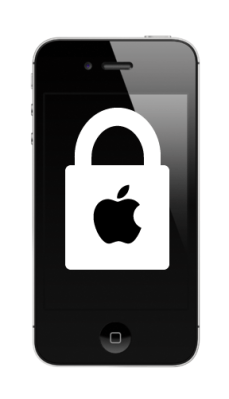Apple had a new patent application published by the USPTO today, describing an unlocking method for digital devices that uses image identification to properly recognize an authorized user. The system would present a user with photographs from their iPhoto or iCloud collections, and then ask them to identify who or what the subject is in order to unlock the device. The item in question could also be an object or series of images.
The authentication process would work by displaying at least one image to be identified from the user’s library, though it could also display a number in succession if users are looking for more security. It’s highly likely that someone close to you will recognize another individual depicted in photos on your phone, for instance, but if you’re worried about granting access even to that inner circle of acquaintances, it becomes increasingly unlikely they’ll be able to identify each of a series of more than one picture.
Different means of input are also described in the patent, from a multiple selection list of choices for one-tap entry, to using an on-screen (on an iOS device) or physical keyboard (on a Mac) to type in the exact answer, to just speaking the name of the person or object aloud. Combined with voice recognition, you can see how the third option would provide yet another layer of added, personalized security, which would be very hard to beat via conventional machine-based security workaround tools.
If the system uses objects instead of people, the patent describes a process by which users would offer up unique, alternative nicknames for recognizable monuments and landmarks. So, for example, a picture of the Eiffel Tower could actually be linked to the phrase “The Big Stick.” Since no one else is likely to use quite the same idiosyncratic alternate names for highly recognizable objects, the system should remain fairly secure.
In most cases, Apple’s current passcode unlock system is probably sufficient for the needs of users, but should the company want to meet the needs of privacy sensitive users, a method like this that’s highly personal and hard to hack could be of considerable benefit.
